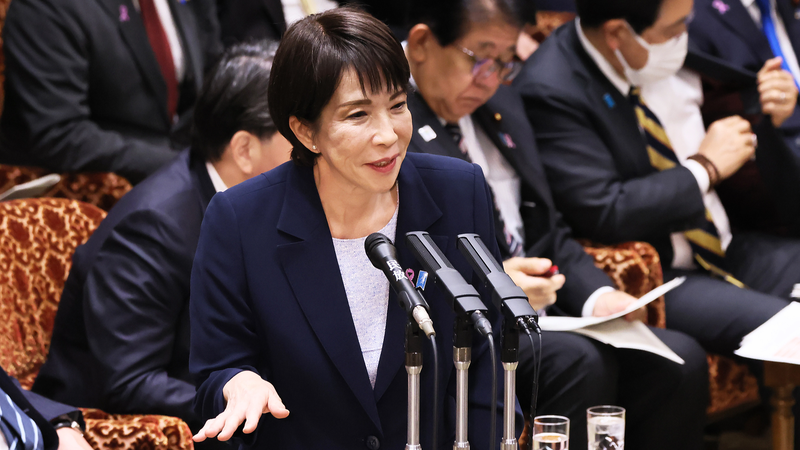As trade tensions between the United States and the Chinese mainland stretch on, many are asking: is a breakthrough on tariffs within reach? Recent commentary has accused U.S. negotiators of a vague and evasive approach, describing their stance as callous and irresponsible. Critics warn that blending economic talks with structural disputes, ideology, and personal or political agendas risks creating further chaos rather than progress.
Tariffs are notoriously complex, and experts agree that resolution cannot happen overnight. Yet the current deadlock – where each side appears to defend its position and prepare to strike – raises questions about the path forward. Should negotiators focus narrowly on immediate tariff rates, or tackle deeper structural issues simultaneously?
Breaking Down the Debate
Data shows that bilateral tariffs have slowed growth in key sectors, from agriculture to technology. Many business leaders and tech entrepreneurs are watching closely, hoping for clarity that could unlock new investments and innovation. Meanwhile, thought leaders emphasize the need for sustainable agreements that balance fair market access with long-term policy goals.
Looking Ahead
While cheerleaders for progress point to occasional compromises – like phased tariff rollbacks – skeptics caution against overreliance on ad hoc deals. They argue for a structured roadmap: set clear targets on trade balances, intellectual property protections, and market regulations before dialing back barriers.
For now, negotiators on both sides face a choice: maintain a defensive posture or push toward pragmatic, staged agreements. The global community will be watching keenly, as any deal could reshape economic trends and international relations for years to come.
So, will we see a China–U.S. tariff deal soon? The answer may lie in whether parties can separate immediate concessions from deeper structural reforms and find common ground in an increasingly complex landscape.
Reference(s):
cgtn.com




